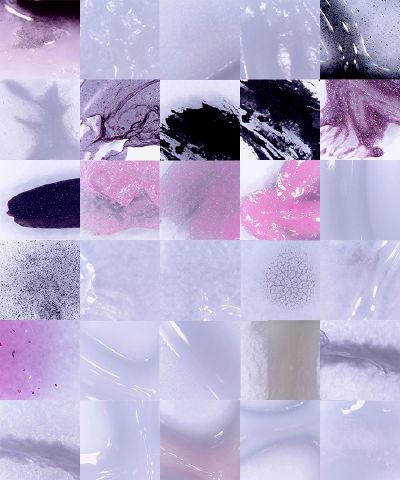MariaDegand (talk | contribs) mNo edit summary |
MariaDegand (talk | contribs) mNo edit summary |
||
| Line 37: | Line 37: | ||
de Souza Machado AA, Kloas W, Zarfl C, Hempel S, Rillig MC. Microplastics as an emerging threat to terrestrial ecosystems. Glob Change Biol. 2018;24:1405–1416. [https://doi.org/10.1111/gcb.14020 Doi Link] | de Souza Machado AA, Kloas W, Zarfl C, Hempel S, Rillig MC. Microplastics as an emerging threat to terrestrial ecosystems. Glob Change Biol. 2018;24:1405–1416. [https://doi.org/10.1111/gcb.14020 Doi Link] | ||
"Mikroplastik in Binnengewässern Süd- und Westdeutschlands" (2018) Pilotstudie!!!! Link to reference | |||
Revision as of 19:06, 16 April 2018
Find the unseen, something about trash and what happens when we try to wash bodies & clothes
First three Ideas
Vegetable grown in Microplastic Soil and/ or Water (Is hydroponic the answer or the origin of the problem? )
Animal-Cell ( NO (CELL) WALLS) grown – what happens if we grow a normal animal cell under the worst microplastic condition? There is proof that mussles include microplastic in their vacuoles, which caused growth stopp and probable infertility.
Virtual Reality – what is it like to be a water flea/ euglena/ tardigrada (Bärentierchen/ multicellular, supersmall and transparent ) in a piece of river with microplastics and nanoplastics.
Only believe in what you are able to see
According to "Bund.net" ( List of products sold in germany that contain evidently microplastics ) I searched in my environment for (cosmetic) products.
Conclusion on Body care products
Idea was to find microplastics in body care products to do other experiements with them. The problem in general is, to find a microplastic, figure out which one it is and than use it accordingly to the mussle study or agrar/ soil study. (e.g. can I grow an onion with a layer of plastic skin? Is the plastic stored in the vegetable? Is the microplastic small enough to pass the epidermis of the root? Is microplastic misused in any plant?) BUT a far greater amount of microplastic origins from washing clothes. (Boucher, J. and Friot D. (2017)) While only about 6% of microplastic origins from Body care products, about 35% of microplastics in the ocean origin from synthetic materials. It is especially unfortunate that these recycled materials cause microplastics in environments because they are sometimes considered "green". Sewers are neither prepared for microplastics from body care products nor from synthetic clothes. People might understand the danger of something you put on your face to be absorbed by your skin ( e.g. a cream) but less the danger of something that goes into the sewers or in the trash. (Youtube reference)
References (not sources, but opinions I encounter)
Youtube comments on Wie kommt unser Plastikmüll ins Meer
Sources
BUND 2018 BUND publications (Both "Einkaufsratgeber Mikroplastik" and "Mikroplastik in Textilien" March 2018 ("shopping advice microplastics" and "Microplastics in textiles/fashion" )
Boucher, J. and Friot D. (2017). Primary Microplastics in the Oceans: A Global Evaluation of Sources. Gland, Switzerland: IUCN. 43pp.
de Souza Machado AA, Kloas W, Zarfl C, Hempel S, Rillig MC. Microplastics as an emerging threat to terrestrial ecosystems. Glob Change Biol. 2018;24:1405–1416. Doi Link
"Mikroplastik in Binnengewässern Süd- und Westdeutschlands" (2018) Pilotstudie!!!! Link to reference

